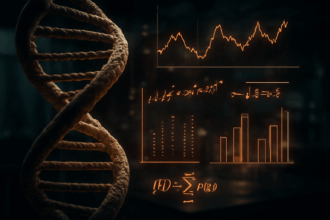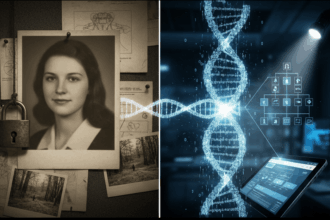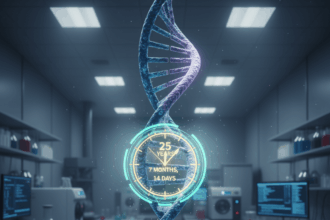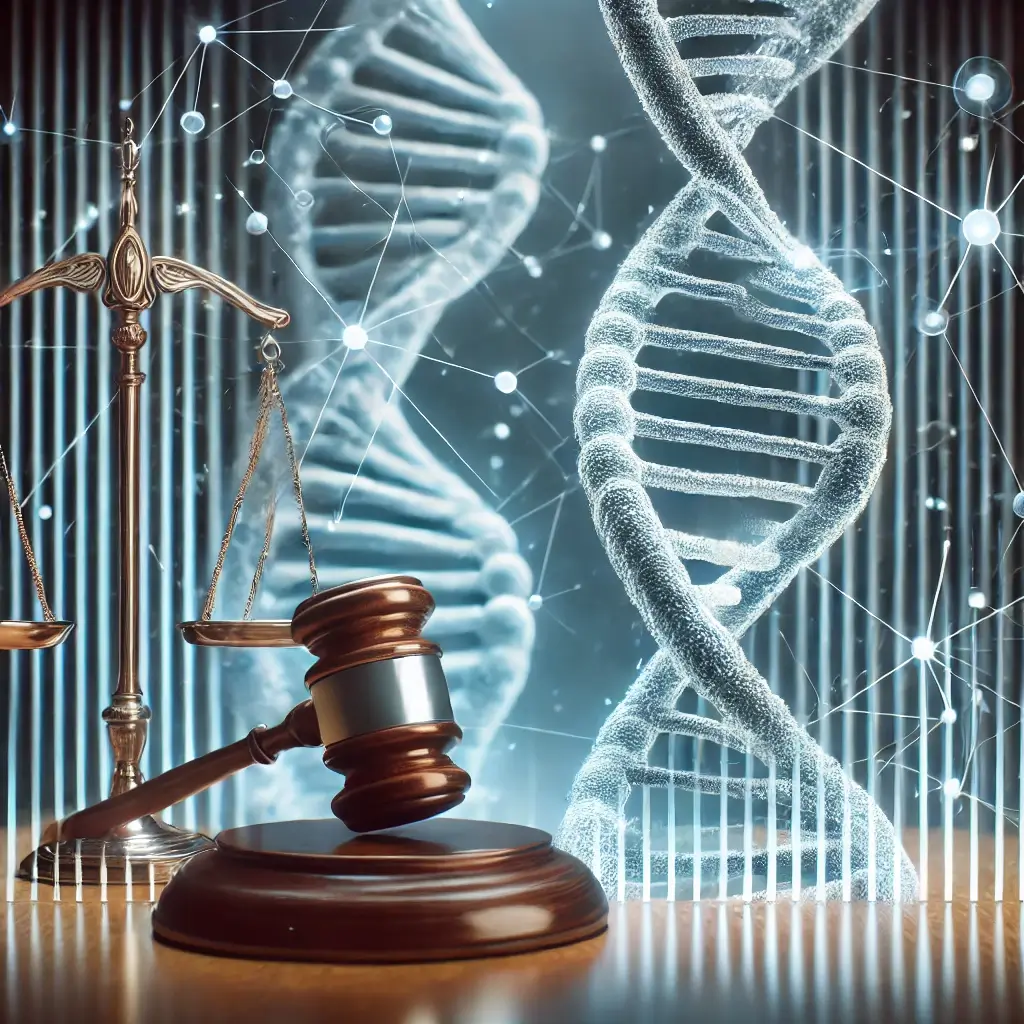Introduction
Proteomics, the study of proteins and their interactions, is an emerging field of science that holds immense potential in understanding and managing various diseases. By analyzing the structure, function, abundance, and interactions of proteins in different cells, scientists can gain valuable insights that contribute to more effective diagnostic and treatment strategies. In this article, we explore the fascinating world of proteomics, its applications in forensic science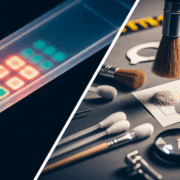 Discover the fascinating field of Forensic Science, the application of scientific principles to legal matters. This post delves into its many disciplines, from DNA analysis to crime scene investigation, its importance in the justice system, Read Full Definition, and how aspiring researchers can embark on a rewarding journey in this field.
Discover the fascinating field of Forensic Science, the application of scientific principles to legal matters. This post delves into its many disciplines, from DNA analysis to crime scene investigation, its importance in the justice system, Read Full Definition, and how aspiring researchers can embark on a rewarding journey in this field.
Understanding Proteomics
Proteomics encompasses a range of disciplines within biology, including genomics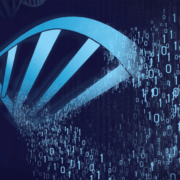
 Genes are DNA segments (or RNA in some viruses) that dictate cellular processes, traits, and hereditary information, promoting genetic diversity and evolution in living organisms. Read Full Definition, genomes, protein interactions, and even gain mechanistic insights into tumor growth and metastasis.
Genes are DNA segments (or RNA in some viruses) that dictate cellular processes, traits, and hereditary information, promoting genetic diversity and evolution in living organisms. Read Full Definition, genomes, protein interactions, and even gain mechanistic insights into tumor growth and metastasis.
Applications in Forensic Science
Forensic science benefits greatly from the advancements in proteomics, offering a new and powerful tool for investigating and solving crimes. While extracting proteins may pose challenges compared to DNA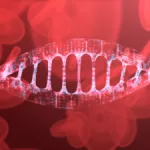 DNA, or Deoxyribonucleic Acid, is the genetic material found in cells, composed of a double helix structure. It serves as the genetic blueprint for all living organisms. Read Full Definition analysis, proteins can provide answers to questions that DNA alone cannot address.
DNA, or Deoxyribonucleic Acid, is the genetic material found in cells, composed of a double helix structure. It serves as the genetic blueprint for all living organisms. Read Full Definition analysis, proteins can provide answers to questions that DNA alone cannot address.
Proteomic analysis allows scientists to detect traces of drugs or other substances in evidence Evidence is any form of proof, such as objects, materials, or scientific findings, presented to establish or disprove a fact in a legal proceeding. It is used to reconstruct events and link or exclude individuals Read Full Definition, establish connections between individuals involved in a crime, and determine the age and condition of evidence left at a crime scene. By leveraging the information encoded in proteins, forensic scientists can make significant breakthroughs and bring justice to victims.
Evidence is any form of proof, such as objects, materials, or scientific findings, presented to establish or disprove a fact in a legal proceeding. It is used to reconstruct events and link or exclude individuals Read Full Definition, establish connections between individuals involved in a crime, and determine the age and condition of evidence left at a crime scene. By leveraging the information encoded in proteins, forensic scientists can make significant breakthroughs and bring justice to victims.
This section will delve deeper into the applications and benefits of proteomics in forensic science.
1. Establishing the Origin of Biological Material
Proteomics plays a pivotal role in identifying the origin of biological material found at crime scenes. By analyzing the proteins present in a sample, forensic scientists can determine the species, tissue type, or fluid it originates from. This information is invaluable in linking a specific individual to a crime or establishing the presence of substances, such as drugs or toxins, in the sample. Unlike DNA analysis, which provides limited information about the source of the biological material, proteomics offers a more comprehensive understanding, enabling investigators to paint a clearer picture of the events surrounding the crime.
2. Determining Individual Identity
One of the most significant advantages of proteomics in forensic science is its ability to determine an individual’s identity with remarkable accuracyIn scientific and measurement contexts, "accuracy" refers to the degree of proximity or closeness between a measured value and the true or actual value of the measured quantity. Accuracy indicates how well a measurement reflects Read Full Definition. Proteins, being highly specific to individuals, can serve as unique markers for identification. By comparing the protein profiles of a sample with known references, forensic scientists can establish the identity of a suspect or victim. This information is particularly useful when DNA analysis is not feasible, either due to degradation or absence. Proteomics provides an alternative avenue for identifying individuals and can significantly contribute to solving cases that would otherwise remain unsolved.
3. Uncovering Vital Clues
Proteomics enables forensic scientists to uncover vital clues that might have otherwise gone undetected. By studying the proteins present in a sample, scientists can identify specific markers or signatures associated with certain activities or conditions. For example, proteomic analysis can reveal the presence of proteins associated with drug use, indicating the involvement of illicit substances in a crime. Similarly, it can detect proteins associated with physical trauma, shedding light on the nature and severity of injuries sustained by a victim. These insights can provide crucial evidence in courtrooms and greatly assist in building a strong case.
4. Overcoming Challenges in DNA Analysis
While DNA analysis has long been a staple in forensic investigations, it has its limitations. DNA samples can degrade over time, rendering them unsuitable for analysis. In such cases, proteomics offers a viable alternative. Proteins are more robust and stable, allowing for analysis even when DNA is no longer viable. Additionally, proteomic analysis can provide valuable information beyond what DNA analysis can offer. By examining the protein patterns, forensic scientists can gain insights into biological processes, disease conditions, and even the individual’s lifestyle or exposure to certain substances.
Proteomics in Action: A Case Study
An illustrative example of the impact of proteomics in forensic science is a case that occurred in North Vancouver, British Columbia. In 2014, a two-year-old child died under mysterious circumstances. Initial examination of the bruising suggested potential harm by the babysitter, but the evidence was inconclusive. In an attempt to identify toxins, a biochemist from the University of British Columbia analyzed the child’s blood and urine samples using proteomics.
By studying the proteins present in the samples, the scientist aimed to isolate any foreign proteins. Remarkably, he identified nonhuman proteins that matched snake venom. Further analysis indicated that the child had been bitten by a rattlesnake, a crucial discovery that DNA analysis alone would not have revealed. This case underscores the vital role proteomics can play in elucidating intricate details and providing critical evidence in forensic investigations.
Pursuing a Career in Proteomics
As proteomics is still a relatively new field, there are numerous opportunities for students and researchers to embark on groundbreaking projects and contribute to scientific advancements. If you aspire to work in proteomics, starting with an undergraduate science degree in biology or chemistry is advisable, as it provides a solid foundation for further studies.
Attending a university with a dedicated proteomics department, such as Northwestern Proteomics at Northwestern University or the Department of Molecular Medicine Proteomics at the University of South Florida, can offer valuable resources and mentorship opportunities. In this field, ambition is essential. Students must identify their research objectives, choose suitable projects, and seek mentors who can guide them through the research process, ultimately leading to the production of significant outcomes.
Conclusion
Proteomics represents a rapidly expanding field with vast potential in understanding and combating diseases. Through the study of proteins and their characteristics, scientists can gain valuable insights into disease progression, treatment efficacy, and biomarkers. In the realm of forensic science, proteomics offers a powerful tool for analyzing evidence, identifying the origin of biological materials, and unraveling complex crime scenes.







